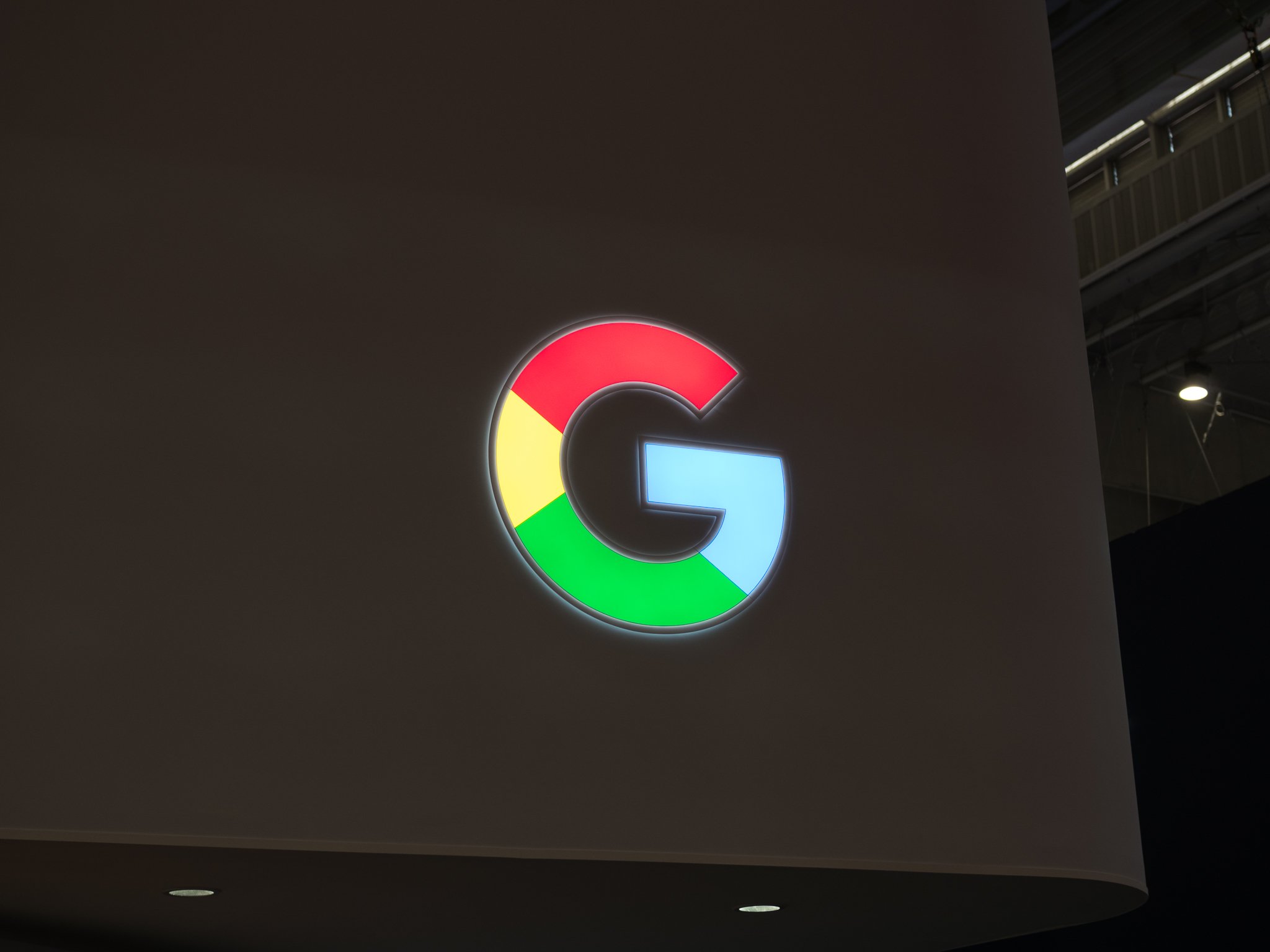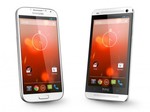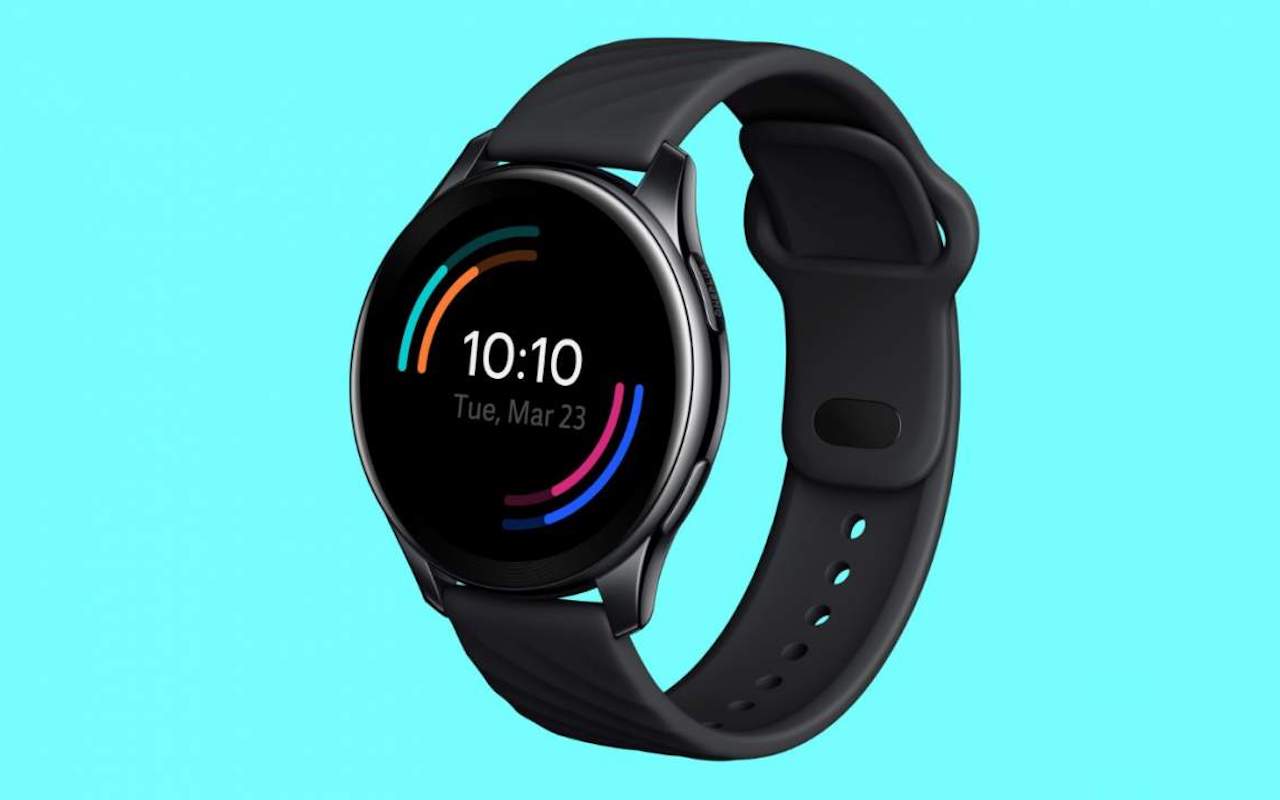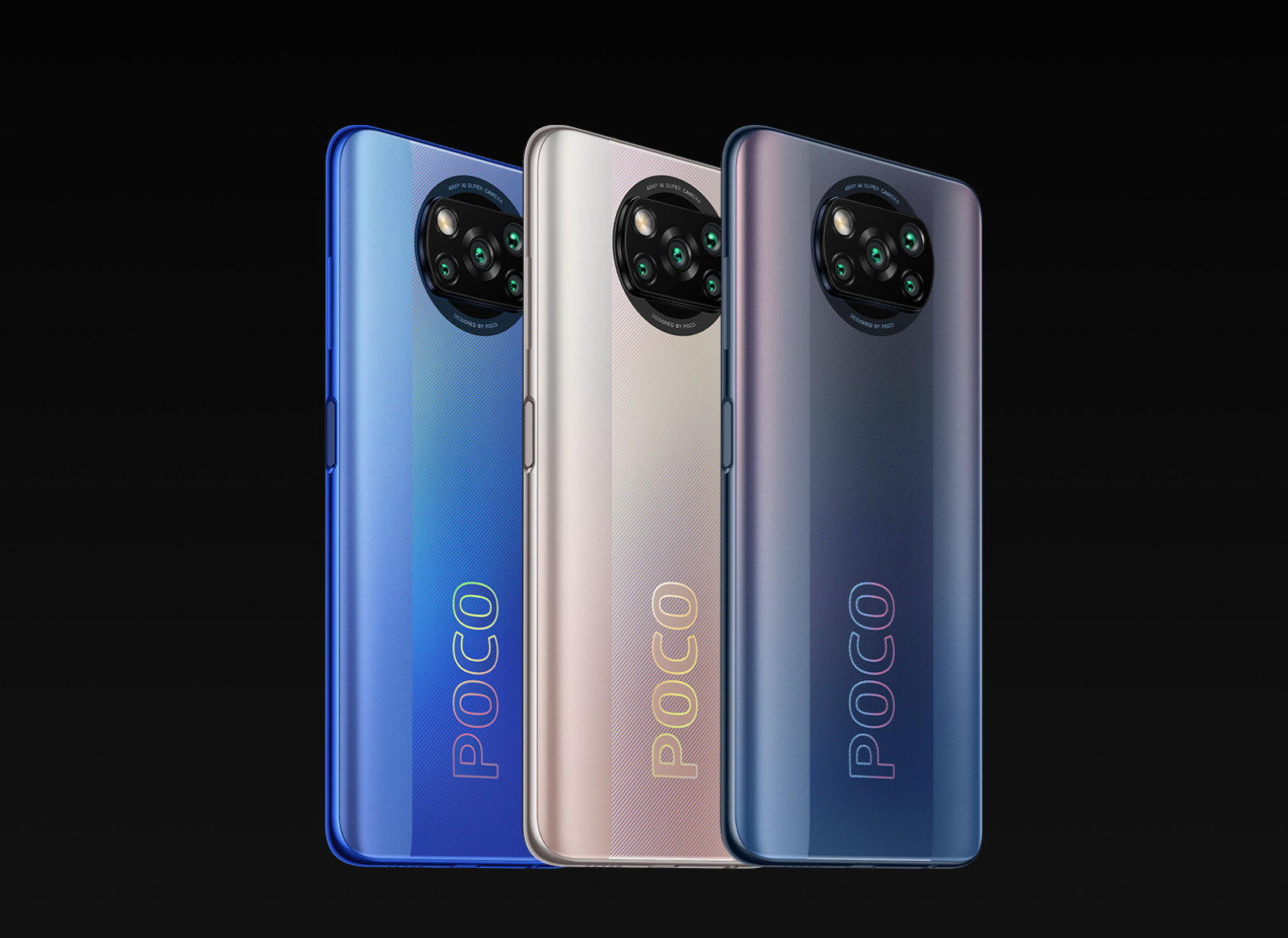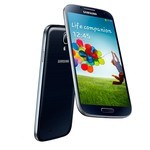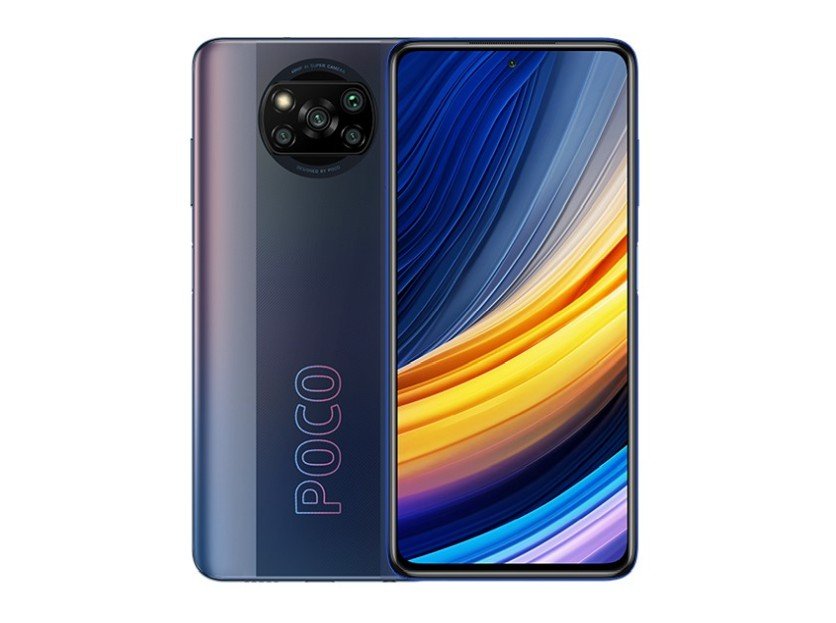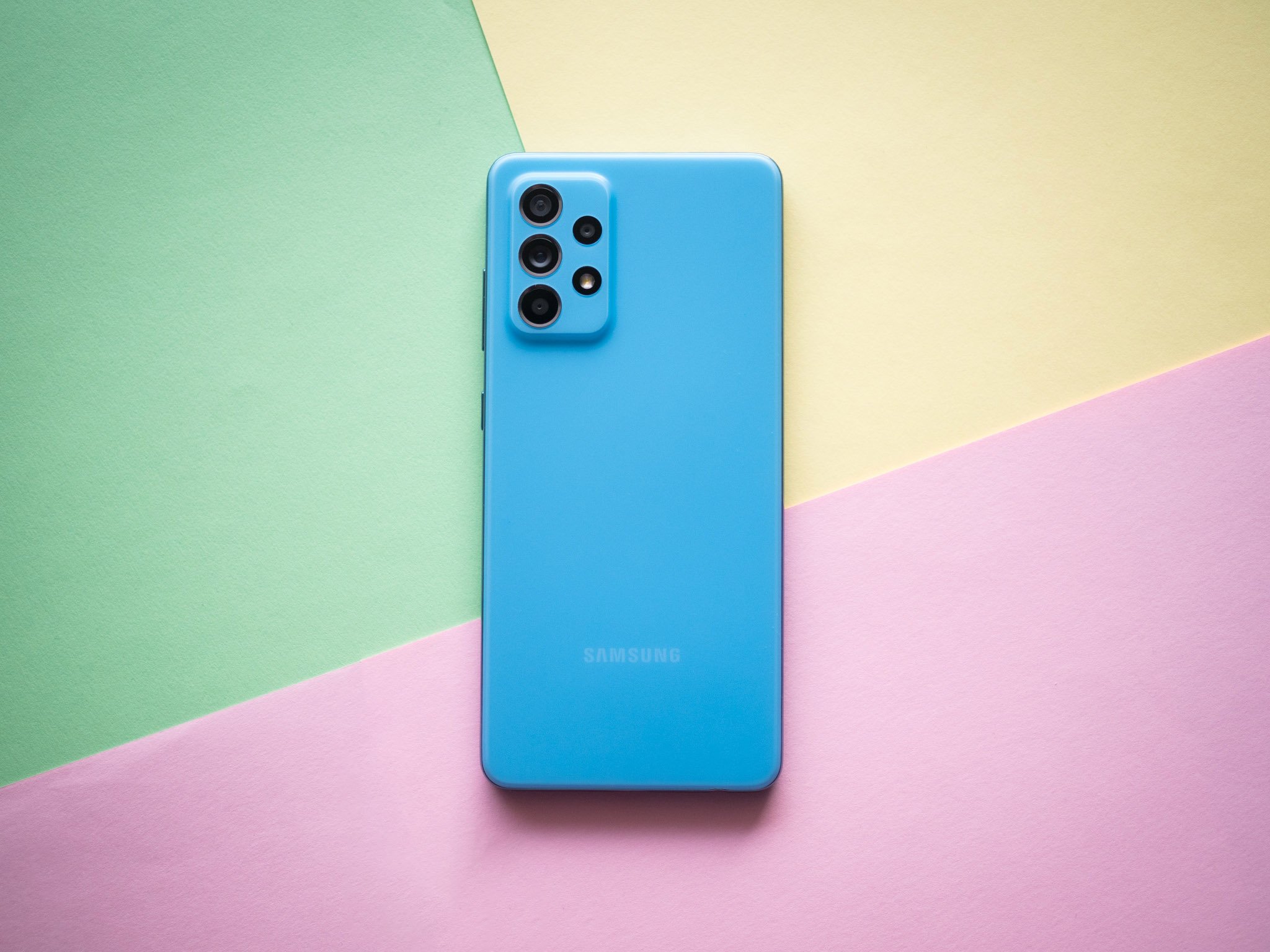SureCall Flare 3.0 Review - Excellent In-Home Cell Signal Booster - Android
SureCall Flare 3.0 is an in-home cell signal booster. SureCall Flare 3.0 works with all North American cellular phone companies just like the previously reviewed the SureCall N-Range 2.0 . Due to the pandemic, people are cooped up in their homes working remotely. However, a lot of folks in North America get poor cell reception [...]
Read More...
The post SureCall Flare 3.0 Review: Excellent In-Home Cell Signal Booster appeared first on Android Headlines.

SureCall Flare 3.0 is an in-home cell signal booster. SureCall Flare 3.0 works with all North American cellular phone companies just like the previously reviewed the SureCall N-Range 2.0 .
Due to the pandemic, people are cooped up in their homes working remotely. However, a lot of folks in North America get poor cell reception inside their homes. This means relying on Wi-Fi calling or sometimes even stepping out of the house or going to a location where the cellular signal is strong and steady.
SureCall claims that their patented 2XP technologies provide twice the uplink power to work better in very weak signal environments. In my case, I get really poor reception on both T-Mobile and Verizon in my house. This is due to the fact that my home is in a hilly location with no straight line of sight to a nearby cellular tower. What better way to test the SureCall Flare 3.0 then see if there is any improvement in data download speeds and the ability to make/receive voice calls without them dropping off.
SureCall Flare 3.0 Installation is a bit involved

The Flare 3.0 box contains a fairly large but relatively lightweight antenna and mounting hardware. You need to provide a sturdy pipe to which the antenna attaches to. There is also a 50 ft long coaxial cable, a base station with a power adapter, and manual/paperwork.
The main part of getting the Flare 3.0 installed is of course getting the antenna somewhere on the roof of your house. In order to get optimal results, the vertical separation between the antenna and the base station needs to be around 25 feet or so.

It took a few tries to get up on the roof of my house since the Santa Ana winds have been a bit crazy here this year. Luckily no really close wildfires but still had to wait for a day when the winds weren't going to blow me and the antenna off the roof! I used the pipe from an old satellite TV dish to attach the SureCall Flare 3.0 antenna. Now, where to point the antenna once it is secure to the pipe? Well, that process is also a bit involved. I will discuss that a bit more in the next section of this review.
Setting up the cell signal booster takes a few tries once the antenna is installed

Once the antenna was secure, I attached the coaxial cable to it. I then ran the cable from the roof to the sidewall of the house. Next, I got it through an existing wall opening into the living room on the first floor. Most of the activity in the house happens around this area so it was the best base station location. Next, I attached the cable to the base station unit and then powered on the unit.

First, when the unit is powered on, you see the green LED power light at the top of the round button. Now, if there isn't good vertical separation or the antenna isn't pointed in the right direction the LED on the right-hand side position will flash either Yellow or Red. This means that you need to adjust the position of the antenna so that you don't get any LED to flash on the right-hand side.
Next, if you see a Yellow LED flashing on the left-hand side, then the installation is done correctly. But if you point the antenna straight to a close-by tower and the signal is strong then the LED on the left-hand side flashes Red. In my use case, I pointed the antenna in between the T-Mobile and Verizon cell towers to kind of boost the signal for both cellular service providers. This took about half an hour or so with someone running the Network Cell Info Lite (for cell tower location and signal strength evaluation) app inside the living room and relaying instructions while I was on the roof.

Once the Yellow LED was flashing on the left-hand side consistently, the installation was fully complete. Now I was ready to use the Flare 3.0 on a daily basis.
Performance of the SureCall Flare 3.0
Remember how I told you that I had a really poor cellular signal in the house? As you can see from the images below without the Flare 3.0 the T-Mobile signal strength is a pitiful -120dBm. But with the Flare 3.0 on and the antenna adjusted correctly, that signal jumps to a respectable -88 dBm. In other words, it jumps from the red zone to the green zone in the Network Cell Info Lite app.

So how does this signal boost translate to data download speeds? For this portion of the testing, I used the SpeedTest app on a couple of Android devices. Without the SureCall Flare 3.0 the test fails to complete as the cellular signal is just too weak. With the Flare 3.0 turned on results are better but also slightly dependent on device type. On the Samsung Galaxy S20 FE, I get excellent download speeds whereas on the Pixel 4a I got between 1-3 Mbps download speeds. What I am happy about is that regardless of the type of Android device I now get voice/data in the house. As far as calls go, not a single call drops while on cellular signal. Whereas before, calls would get disconnected all the time.

I also have a work phone line that uses Verizon as the cellular service provider. I got successful results on Verizon as well in terms of dBm signal improvement.

As you can see from the confirmatory screenshots, download data speed improvement is quite dramatic. And as far as calls go, not a single dropped call since the installation of the Flare 3.0.
Final Verdict – SureCall Flare 3.0

At least in my use case scenario, I see excellent results in terms of being able to make calls via cellular signal. Data download speed improvement was a mixed bag depending on device type and cellular provider. But at home, I have good Wi-Fi service so that is not as important an issue. The only minor issue is it takes a bit of time and fine-tuning to get the antenna pointed in the correct location.
Last but not least let's talk about the price. Currently, you can find the SureCall Flare 3.0 for $379 on Amazon and Best Buy. But the ability to not have a call drop anymore is a great feeling for that amount in my opinion.
The post SureCall Flare 3.0 Review: Excellent In-Home Cell Signal Booster appeared first on Android Headlines.
22/03/2021 05:17 PM
The man behind Google's 'Next Billion Users' is leaving the company
22/03/2021 11:45 AM
Create new smart devices with Gosund's 4-pack of smart plugs down to $13
22/03/2021 01:02 PM
OnePlus Watch official image revealed before public launch
22/03/2021 12:30 AM
The POCO X3 Pro is here to challenge the Galaxy A72
22/03/2021 01:12 PM
How to change your keyboard on Android 10
22/03/2021 03:00 PM
POCO X3 Pro and POCO F3 leak in all their glory ahead of official launch
22/03/2021 08:11 AM
Review - Samsung's Galaxy A52 is the perfect budget phone for most people
22/03/2021 08:29 AM
- Comics
- HEALTH
- Libraries & Demo
- Sports Games
- Racing
- Cards & Casino
- Media & Video
- Photography
- Transportation
- Arcade & Action
- Brain & Puzzle
- Social
- Communication
- Casual
- Personalization
- Tools
- Medical
- Weather
- Shopping
- Health & Fitness
- Productivity
- Books & Reference
- Finance
- Entertainment
- Business
- Sports
- Music & Audio
- News & Magazines
- Education
- Lifestyle
- Travel & Local
